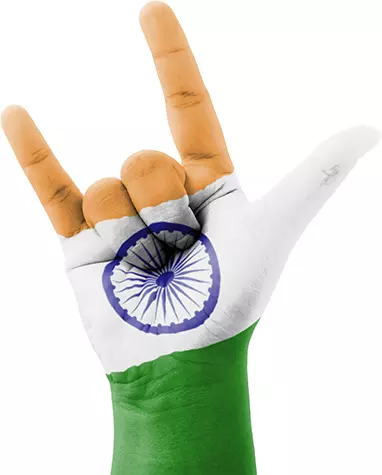Video Interview Tips That Will Land You the Job: Essential Strategies for Success
Video interviewing has become an integral part of the job application process, especially with the rise of remote work and global hiring practices. Understanding how to navigate this digital format effectively can greatly enhance one’s chances of success. Unlike traditional face-to-face interviews, video interviews come with unique challenges and advantages.

Job seekers must approach these interviews with preparation that goes beyond rehearsing answers to common questions. It’s essential to master the technical aspects, set up a professional environment, and ensure that both verbal and non-verbal communication cues align. Delivering a strong impression on-camera can be as decisive as one’s qualifications for the job.
Key Takeaways
- A well-prepared technical setup prevents avoidable mishaps during a video interview.
- Non-verbal cues, such as body language and eye contact, are just as critical as clear and concise verbal responses.
- Post-interview engagement can significantly influence an interviewer’s final decision.
Understanding the Basics of Video Interviews
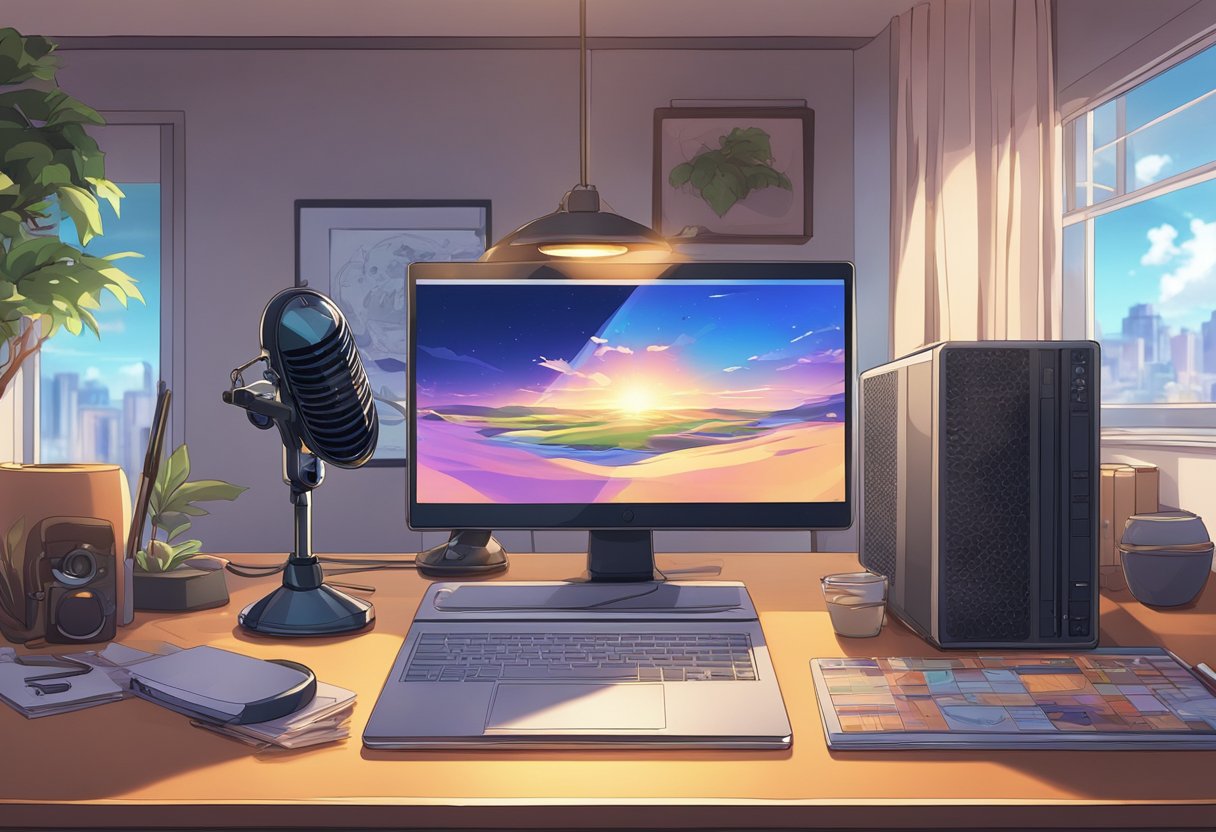
Video interviews have become an integral part of the employment process. They allow organizations to efficiently screen candidates while offering flexibility in scheduling. To excel in a video interview, one must grasp a few fundamental aspects.
Firstly, technology plays a pivotal role. Candidates should ensure they have a stable internet connection, a webcam, and proper audio equipment. Testing these elements in advance can prevent technical difficulties during the interview.
Secondly, the environment is crucial. It is recommended to find a quiet, well-lit area to minimize distractions and enhance visibility. Natural light is ideal, but if it’s insufficient, additional lighting should be arranged to ensure a clear picture.
In terms of presentation, one should dress professionally, just as they would for an in-person interview. This conveys seriousness and respect for the interviewer and the interview process.
Lastly, body language and eye contact remain important. Candidates should aim to look at the camera lens to simulate eye contact and use positive body language to express engagement.
Here is a brief checklist for quick reference:
- Tech Setup: Test webcam, microphone, and internet connection
- Environment: Choose quiet, private, and well-lit spaces
- Presentation: Dress professionally and maintain a neat frame
- Engagement: Use direct eye contact and clear body language
By attending to these basics, candidates can approach video interviews with confidence. For more detailed advice, consider these video interview tips that can be quite beneficial
Setting Up Your Environment
An interviewer’s first impression of a candidate often begins with their environment during a video interview. It’s essential to establish a space that conveys professionalism and minimizes distractions.
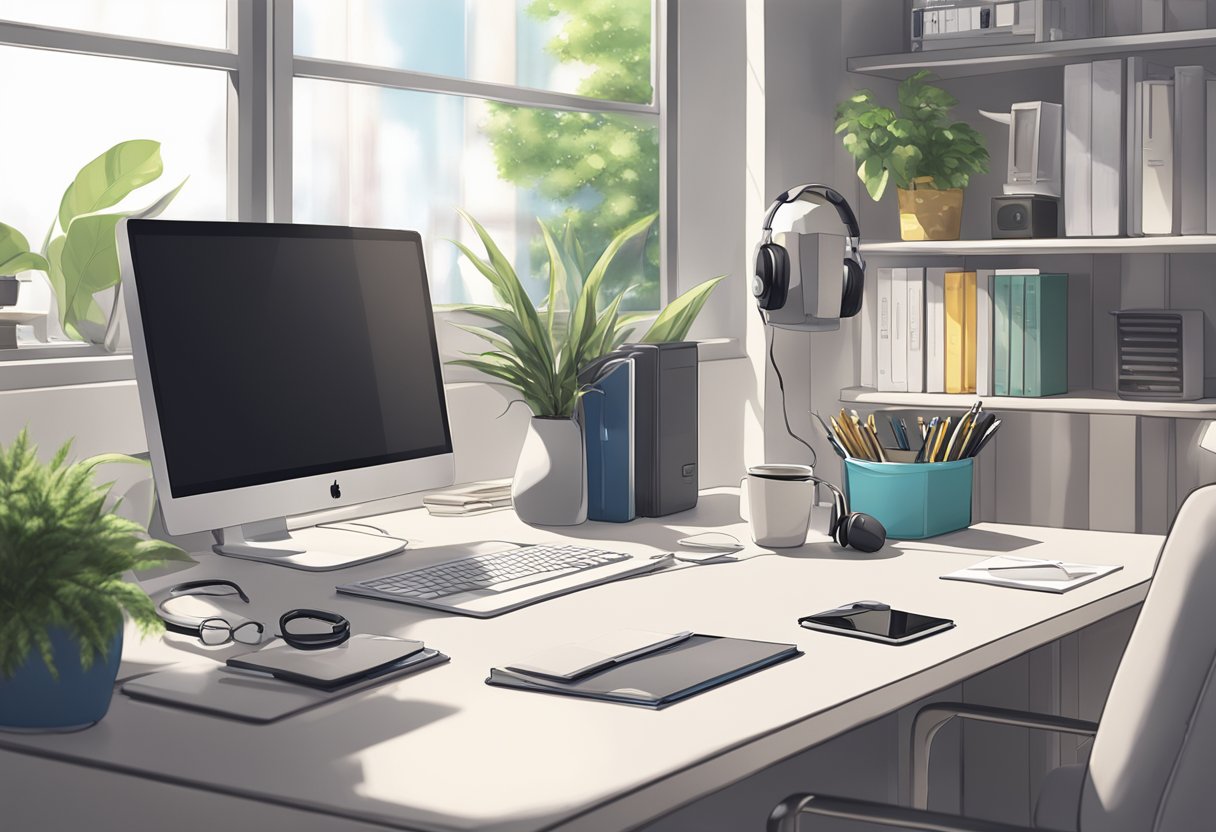
Choosing the Right Location
They should select a location that is quiet and private. This means avoiding high-traffic areas where family or roommates might interrupt. A dedicated room, like a home office, is ideal, but if space is limited, a quiet corner with a neutral backdrop will suffice. Locations should be assessed for both comfort and control over the space during the interview.
Optimizing Lighting and Sound
Good lighting is critical – it should be bright enough to see the interviewee’s face without shadows. Place a light source in front of them, such as a window with natural light or a lamp. Their microphone should deliver clear audio without echo. Test the sound with a friend beforehand or record themselves to ensure clarity. The FlexJobs blog emphasizes testing equipment prior to the interview.
Ensuring a Clean and Professional Background
Their backdrop should be free of clutter and distractions. A blank wall or a professional office setting with minimal personal items is recommended. If they’re using a digital background, they should opt for subdued professional images without patterns that could distract from their presence on screen. A tidy, neutral background communicates orderliness and attention to detail, as advised by The Muse.
Testing Your Equipment
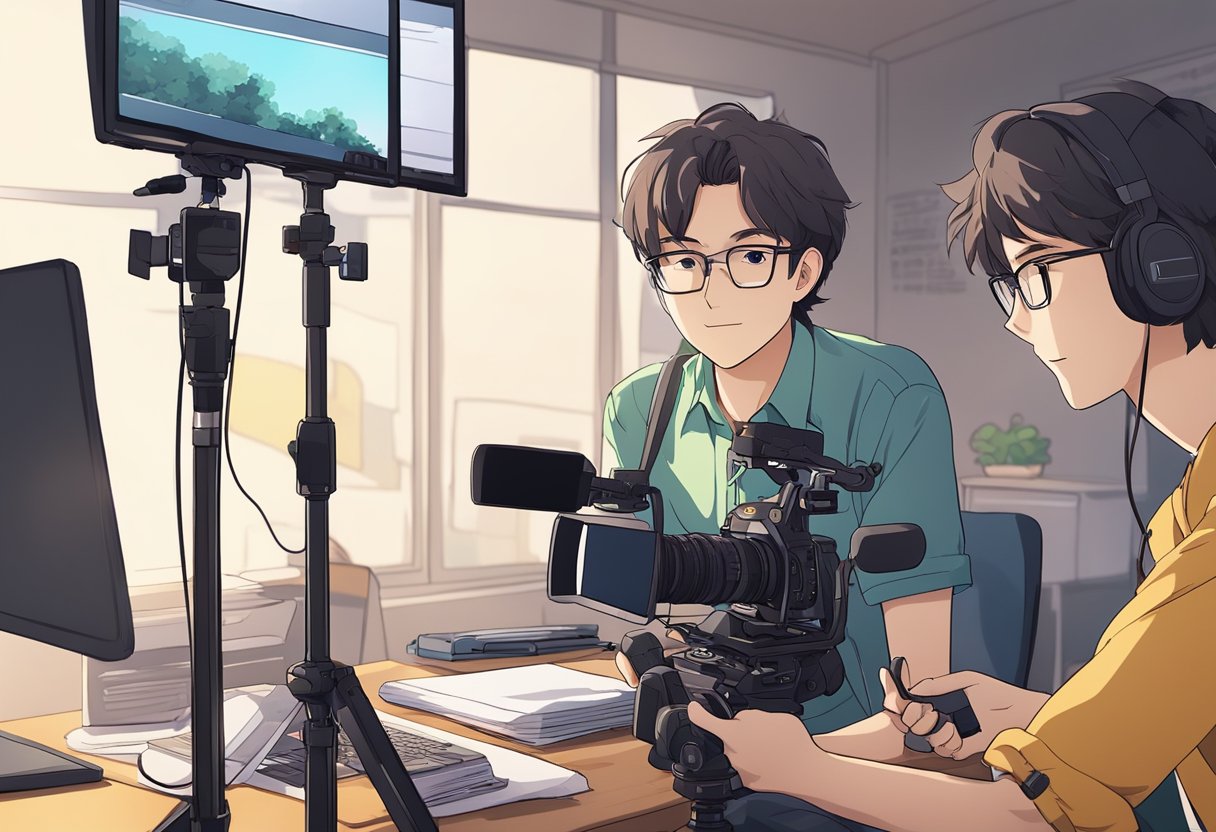
Before stepping into a video interview, one must ensure their equipment works flawlessly. This portion of preparation is crucial as it influences the communication effectiveness and the first impression a candidate makes.
Selecting a Dependable Camera and Microphone
Camera: A good quality camera is essential for clear visuals. One should test the camera in varying light conditions to ensure the picture is clear and not grainy. Ensure the camera is at eye level for the best angle.
Microphone: Sound clarity is non-negotiable. Use an external microphone if the built-in one doesn’t transmit clear audio. Perform an audio check for any static or background noises that may distract the interviewers.
Handling Internet Issues
Internet Connection: A stable internet connection is key to avoiding disruptions. They should conduct an internet speed test and if needed, use a wired connection to enhance stability.
Backup Plan: Have a backup plan in place, such as a mobile hotspot, in case the primary internet connection fails. It’s essential to know how to switch to the backup without significant delays.
Conducting a Technical Run-Through
Software Installation: Make sure the necessary video conferencing software is installed and logged in before the interview starts.
Mock Interview: Have a mock interview session with a friend or family member to simulate the interview environment. This practice helps to troubleshoot unexpected issues and boosts the user’s confidence.
Dressing for Success

When approaching a video interview, an individual’s attire can significantly influence the first impression given to potential employers. The visual aspect, albeit through a screen, plays a critical role in non-verbal communication, signaling professionalism and respect for the interview process.
The Impact of Colors and Patterns
Wearing the right colors and patterns can evoke a sense of confidence and composure. Solid colors are typically more camera-friendly, with navy blue and gray being safe and professional choices. It’s recommended to avoid overly bright colors and complex patterns, as they can be distracting on video. Instead, one should opt for subtle patterns like a light check or stripe to add some texture without overwhelming the visual aesthetic.
Professional Attire for Video Interviews
For men, a well-fitted suit with a light-colored shirt and a conservative tie can convey formality and preparedness. For women, a blazer paired with a blouse or a modest dress is appropriate. It is crucial to ensure clothing is ironed and presentable, even though the interview is not in-person. Individuals should also consider how their outfit appears on camera, possibly doing a test run to confirm that the attire looks professional on screen.
Body Language and Eye Contact

In a video interview, one’s body language and eye contact are just as crucial as verbal responses. They convey confidence and attentiveness, which are key in making a positive impression.
Mastering Posture and Gestures
An interviewee should maintain an upright posture; sitting squarely and leaning slightly forward demonstrates engagement. It is important to avoid slouching, as it can suggest disinterest or lack of confidence. Gestures can be used to emphasize points, but they should be controlled and deliberate. Excessive hand movements can be distracting on camera. According to FlexJobs, it’s essential to present oneself professionally, even through a screen.
Perfecting On-Camera Eye Contact
Eye contact in a video interview can be tricky. The interviewee needs to look directly into the camera to simulate direct eye contact with the interviewer. Avoid the common mistake of watching the interviewer’s image on the screen instead of the camera, as it can appear as if one is looking down or away. The Muse recommends making a conscious effort to address the camera, as it fosters a connection with the interviewer, replicating an in-person conversation.
Effectively Communicating Your Answers
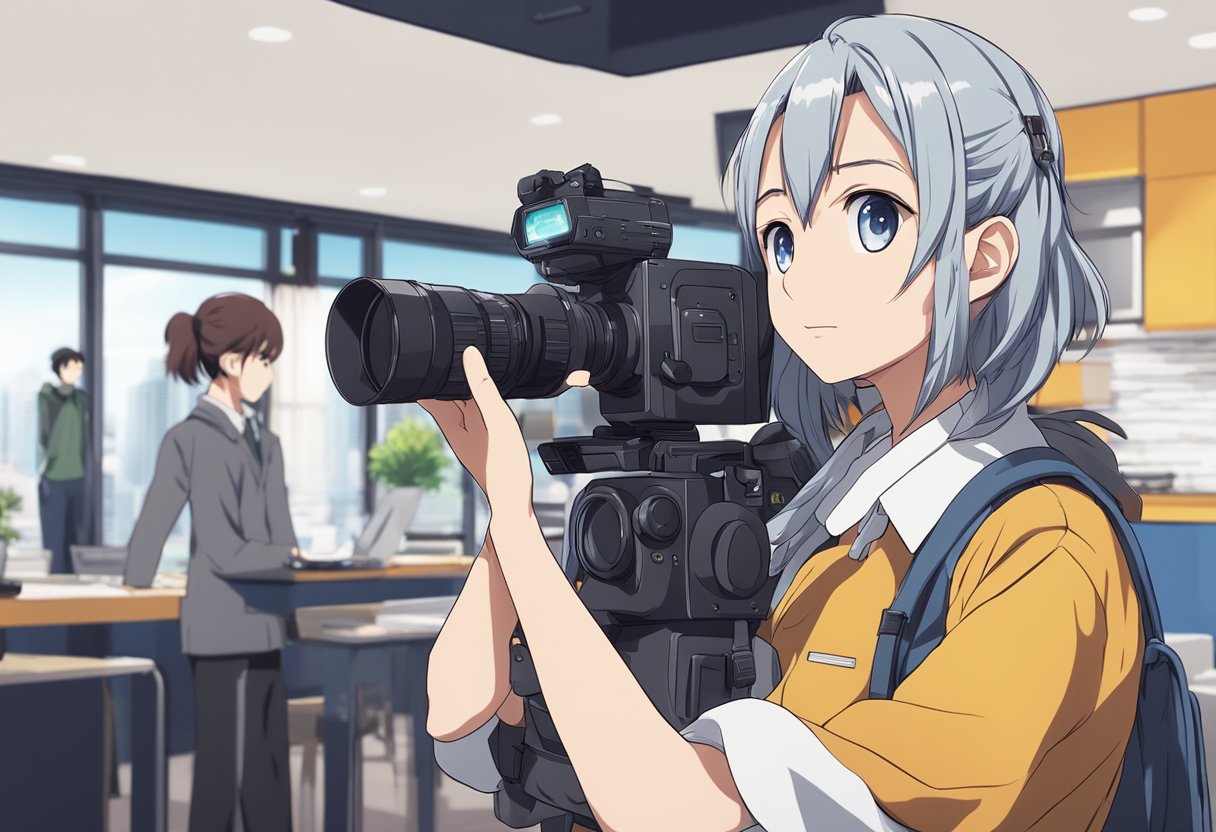
In video interviews, the way candidates articulate their responses can significantly influence the hiring outcome. Each answer should be delivered with clarity, strategically structured, and tempered with confidence to ensure the interviewer is engaged and understands the candidate’s value.
Clarity and Conciseness
When responding to interview questions, it’s essential to be clear and concise. Candidates should focus on delivering their points without superfluous details. Bullet points can be a helpful way to organize thoughts before speaking:
- Identify key points: List the main ideas you need to convey.
- Prioritize: Arrange your points in order of importance.
- Practice: Rehearse your answers to maintain precision in your delivery.
Adopting a structured approach to your responses helps to communicate more effectively.
Storytelling Techniques
Using storytelling techniques can make answers more memorable:
- Situation: Briefly describe the context.
- Task: Explain your role in the situation.
- Action: Detail the steps you took.
- Result: Share the outcomes of your actions.
Maintaining a clear narrative structure highlights your experience and the impact you’ve made.
Handling Nervousness and Pauses
It’s natural to feel nervous, but how one handles it can influence the flow of conversation. Here are some tips for managing nervousness:
- Deep breaths: Take a moment to breathe deeply before the interview to calm nerves.
- Pause thoughtfully: If needed, pause briefly to collect your thoughts before answering.
- Practice: Repeatedly practicing your responses can reduce anxiety.
Candidates should remember that pauses can be powerful when used appropriately, giving the interviewer time to understand and reflect on what’s been said.
Researching the Company and Role
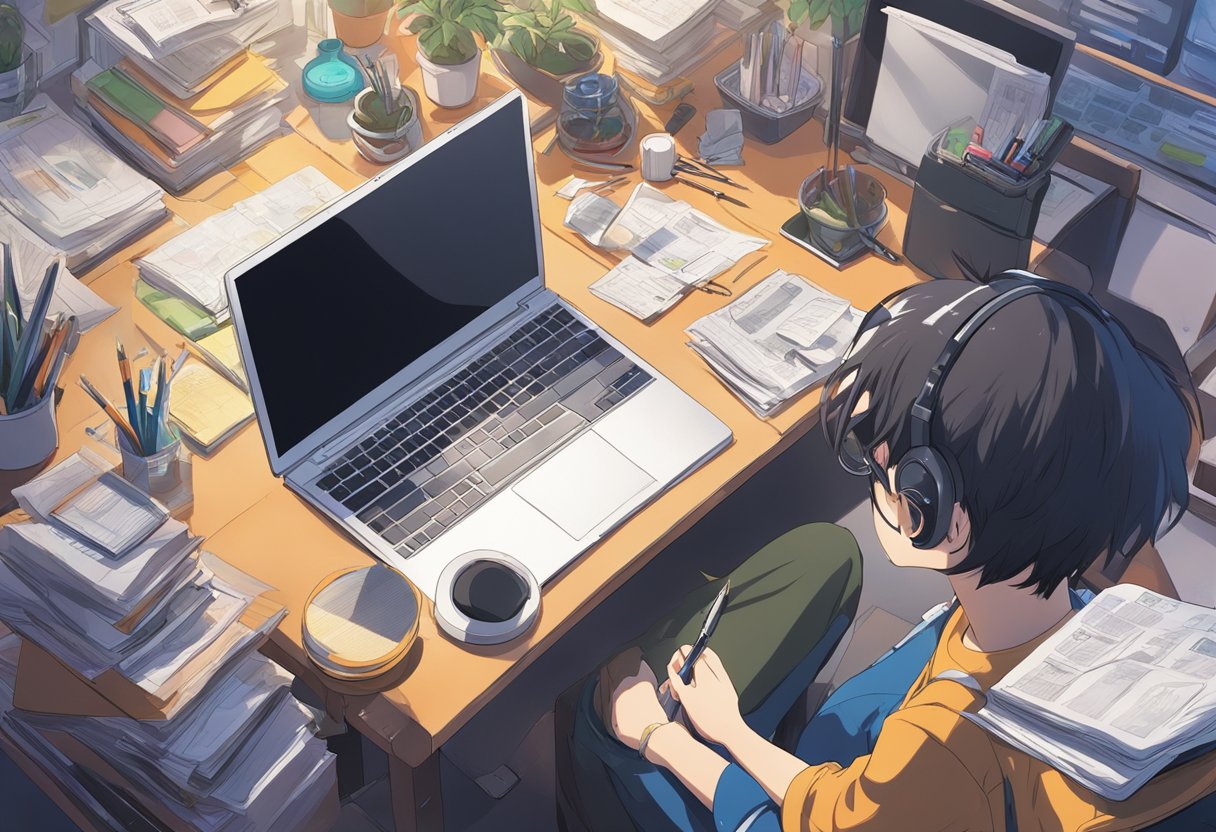
Before stepping into a video interview, a candidate must arm themselves with deep insights into the company and the specific role they are applying for. This preparation can reveal a candidate’s genuine interest and alignment with the company’s mission and culture.
Demonstrating Industry Knowledge
Candidates should diligently investigate the company’s standing in the industry, recent news about their advancements, and their competitive landscape. For instance:
- Current Projects: Candidates may mention specific projects the company is working on and express thoughts on the industry’s future trajectory.
- Industry Challenges: Addressing current challenges shows a proactive and problem-solving mindset.
Tailoring Your Responses to the Job Description
It’s crucial for applicants to align their experience and skills with the specifics of the job description:
Skills Match: Candidates need to clearly illustrate how their skills match the job requirements. This could involve creating a table that aligns their skills with the job requirements
Required Skill Applicant's Experience Project Management Managed a team of 10 in a successful product launch Data Analysis Used advanced analytics tools to derive actionable insights Cultural Fit: Applicants might also research the company values and discuss how their personal work ethic and values align with the organization.
By doing this level of research and customization in their responses, candidates demonstrate their commitment to the role and enhance their chances of success in the video interview.
Engaging and Building Rapport

Engaging effectively with interviewers and building rapport in video interviews can greatly influence an interviewer’s perception. Candidates must demonstrate active listening and pose insightful questions to establish a connection that resonates beyond the digital screen.
Active Listening Skills
Candidates should show they are fully engaged by nodding and using affirmative language such as “I understand” or “That makes sense.” Maintaining eye contact with the webcam rather than looking at the screen helps create a more direct and personable engagement. It’s also important to avoid interrupting the interviewer and instead to wait for a natural pause to respond.
Asking Insightful Questions
Asking questions demonstrates a candidate’s interest and investment in the role. They should prepare by researching the company and the position to ask specific, relevant questions. For instance, inquiring about how success is measured for the role or asking about the team dynamics can uncover valuable insights and show a deeper level of understanding and engagement.
Following Up Post-Interview
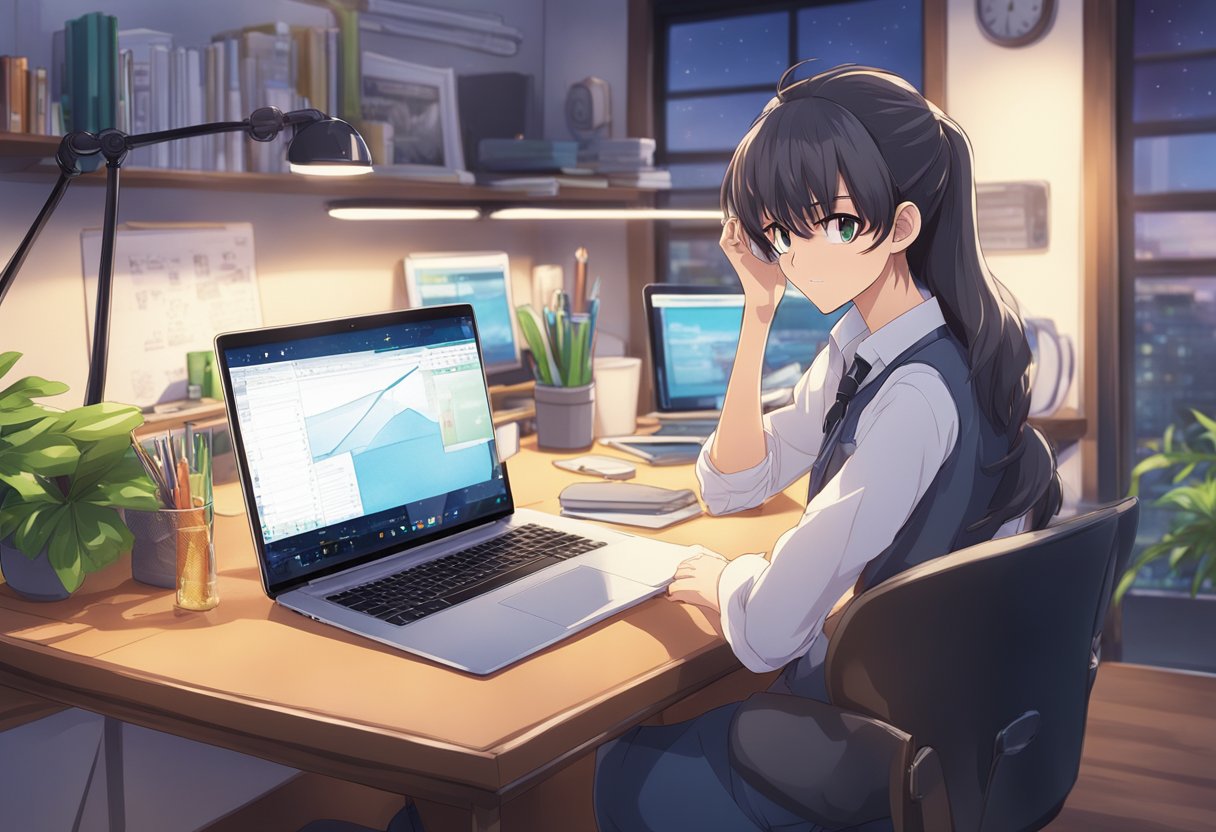
An effective post-interview follow-up can be as crucial as the interview itself in landing the job. The follow-up is an opportunity to reaffirm one’s interest in the position and to leave a lasting positive impression.
Crafting a Thank-You Note
One should promptly send a thank-you note to the hiring manager within 24 hours of the interview. The note should be concise and personalized, reflecting on a specific discussion point from the interview to demonstrate attention to detail. As recommended by Harvard Business Review, keeping it short and sweet is key.
Timing Your Follow-Up
For the follow-up after sending a thank-you note, one should wait typically between one to two weeks before reaching out again. This respects the hiring manager’s time and decision-making process. However, when a specific time frame for a decision was mentioned during the interview, it’s best to time the follow-up accordingly.
Frequently Asked Questions
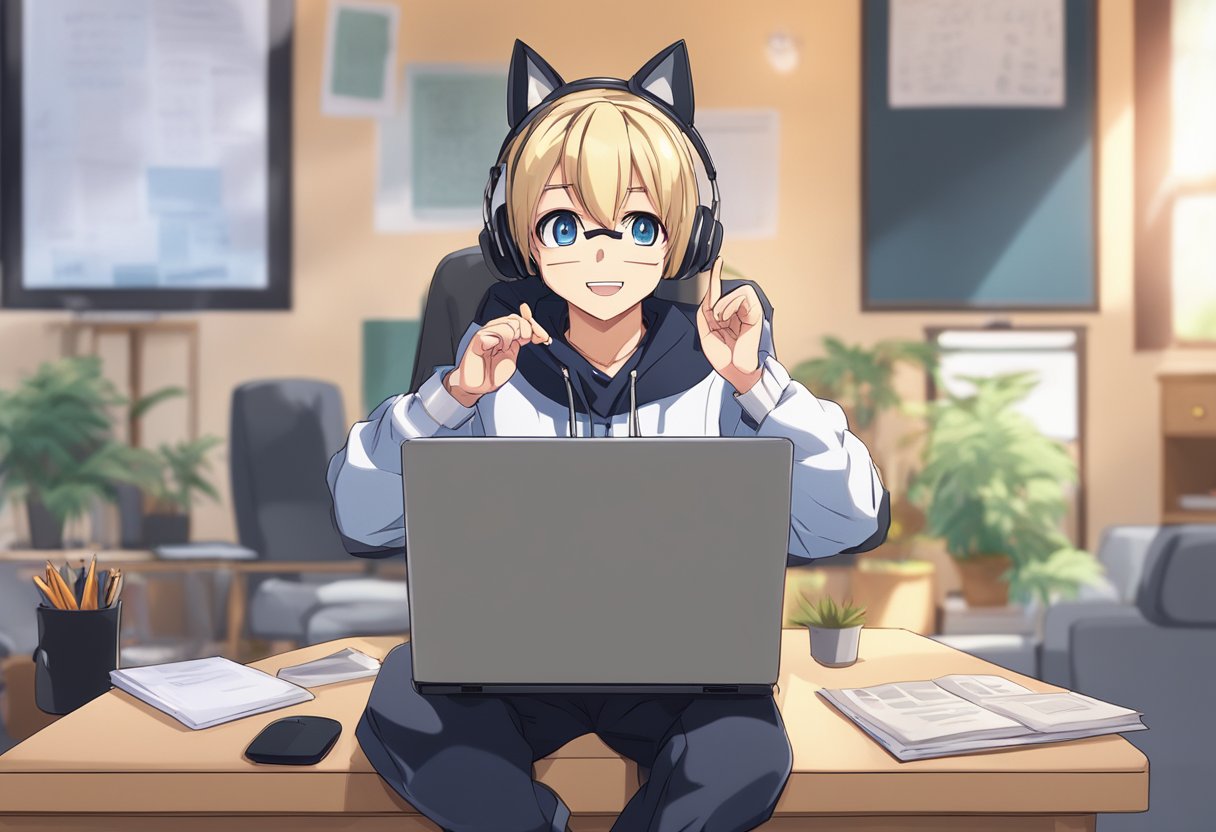
The key to a successful video interview lies in preparation and presentation. This section covers specific strategies to help candidates navigate the nuances of virtual interviews.
What are the best practices for setting up a professional-looking space for a video interview?
Candidates should choose a quiet, well-lit room with a clean and uncluttered background. Positioning the camera at eye level and ensuring good lighting can create a more professional visual setting. It may be helpful to review tips on creating a conducive interview environment.
How should one dress for a video interview to make a positive impression?
Professional attire should be worn as if attending an in-person interview. Opting for solid, neutral colors can help maintain focus on the candidate, rather than distracting patterns or bright colors. Dressing professionally from head to toe is recommended.
Can you outline some strategies for effective communication during a video interview?
Maintaining eye contact by looking at the camera, using clear and concise language, and actively listening to the interviewer are all key components. It is also critical to practice answers to common video interview questions to convey confidence and preparedness.
What are the technical aspects one should check before starting a video interview?
One should test their internet connection, camera, and microphone prior to the interview to avoid any technical disruptions. Closing unnecessary applications can help in preserving bandwidth for a smoother video call.
How can one convey enthusiasm and engagement in a virtual interview setting?
Candidates can show their enthusiasm by being animated and expressive in their speech, nodding in agreement, and smiling appropriately. It is also beneficial to perform research on the company to ask informed questions, demonstrating genuine interest.
What are common pitfalls to avoid during a video interview?
One should avoid speaking too quickly, interrupting the interviewer, or checking notifications during the interview. It is also crucial to not overlook the importance of body language and to prevent any distractions in the background.

Get a higher quality resume format
Our Resume Builder ensures best practices, logic, formatting standards and job matching opportunities from thousands of job boards and portals around the world.
By clicking Start Your Resume, Your are agree to our Terms of use and Privacy Policy
 India's
premier resume service
India's
premier resume service





